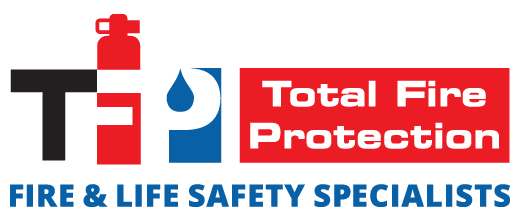The human dangers of fire are clear—burns, acute injuries, and death. But what do you know about mending wounds and injuries? In a serious situation, people dealing with burns should be transported to the hospital right away. Until then, though, what do you do?

You use a first aid kit. First aid kits contain supplies that can mitigate severe injuries and save lives. Yet, upon opening a first aid kit, you may feel lost. You may not know what to look for or how to use the numerous items within the kit. It takes some practice, perhaps even a class, but it’s crucial to learn about each component of your first aid kit.
You should consider the following five essential fire safety items for first aid kits. They can save lives, reduce hospital costs, and speed up recovery time.
Antibiotic Ointment
After identifying a burn, clean the wound with soap and water. Any soap will work. Next, apply an antibiotic ointment to the affected area. Antibiotic ointments help keep your skin moist and prevent infections in the wound. With that said, limit the repeated use of antibiotics—too many antibiotics can provide more harm than good.
Aloe Vera Gel
Burns are uncomfortable. You shouldn’t underestimate aloe vera’s ability to cool wounds. Aloe vera contains glycoproteins, which minimize pain and inflammation. Furthermore, aloe contains polysaccharides, which encourage skin growth and repair. Together, they can help wounds heal quickly and comfortably. Make sure the aloe product you’re using is as pure as possible—few gels are better than an actual aloe cutting.
Non-Adhesive Gauze Pads
Burns can cause pain and infection. Your priority after cleaning your burn should be to cover your wound—a covered wound heals quicker than an uncovered one. Gauze pads provide an excellent cover and a comfortable cushion for your injury. Additionally, they wick away fluids to keep your wound free of excess fluids and bacteria. Keep in mind that you shouldn’t use gauze unless your skin is broken or exposed.
Scissors
You don’t want to deal with an awkward sized gauze pad when you have to cover your wound as quickly as possible. Always carry a pair of scissors in your first aid kit to cut gauze pads to the appropriate size.
OTC Pain Reliever
The pain will persist after you clean and cover your wound. Thankfully, pain relievers like ibuprofen and naproxen can limit discomfort, inflammation, and pain. If you’ve been severely burnt, a doctor might prescribe stronger medicine. Otherwise, over-the-counter pain relievers should suffice.
As a general rule, you can treat a first and sometimes a second-degree burn yourself, but always go to the hospital if you have a third-degree burn. In any case though, you should always carry these five fire safety items in your first aid kit.




